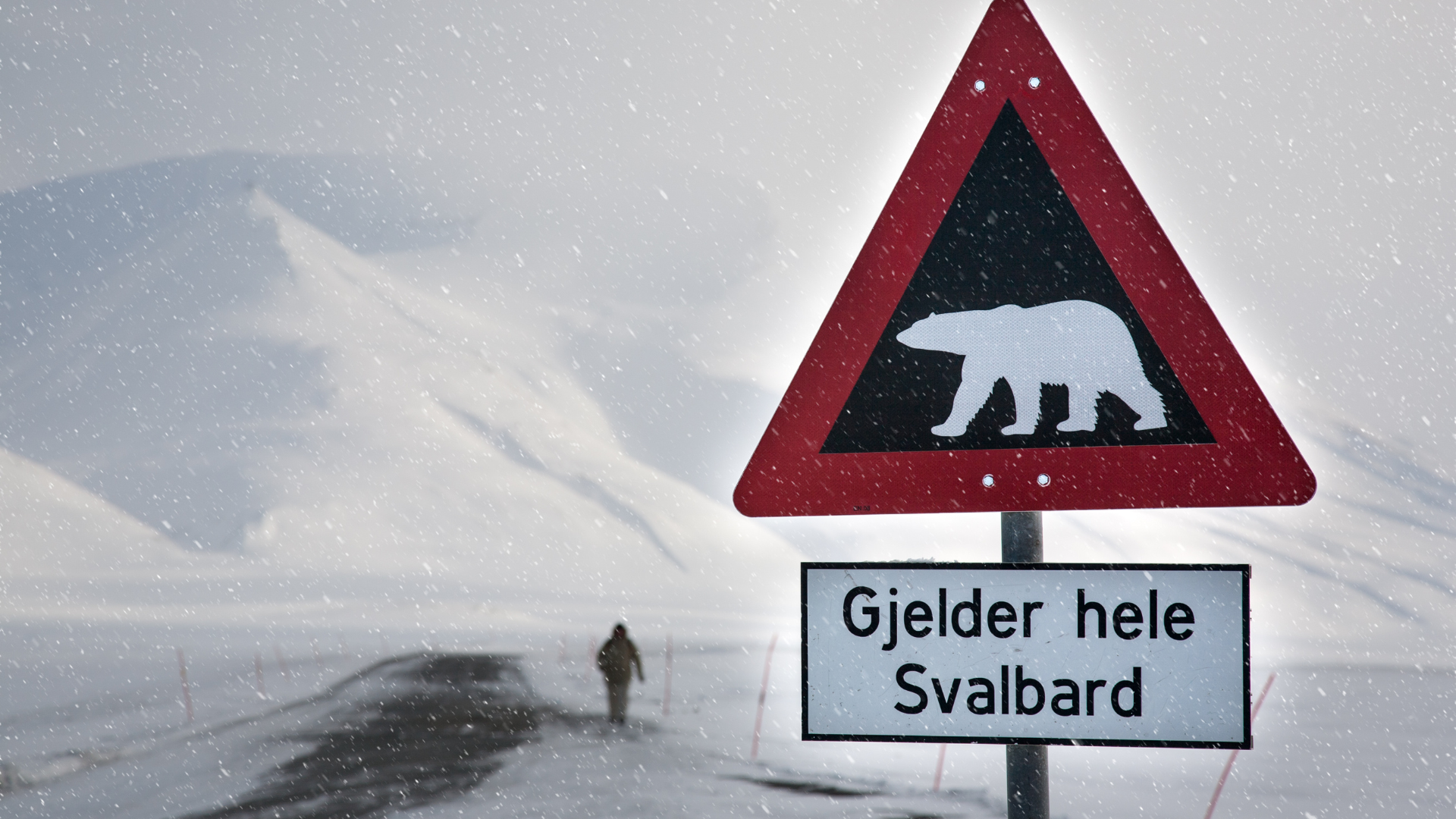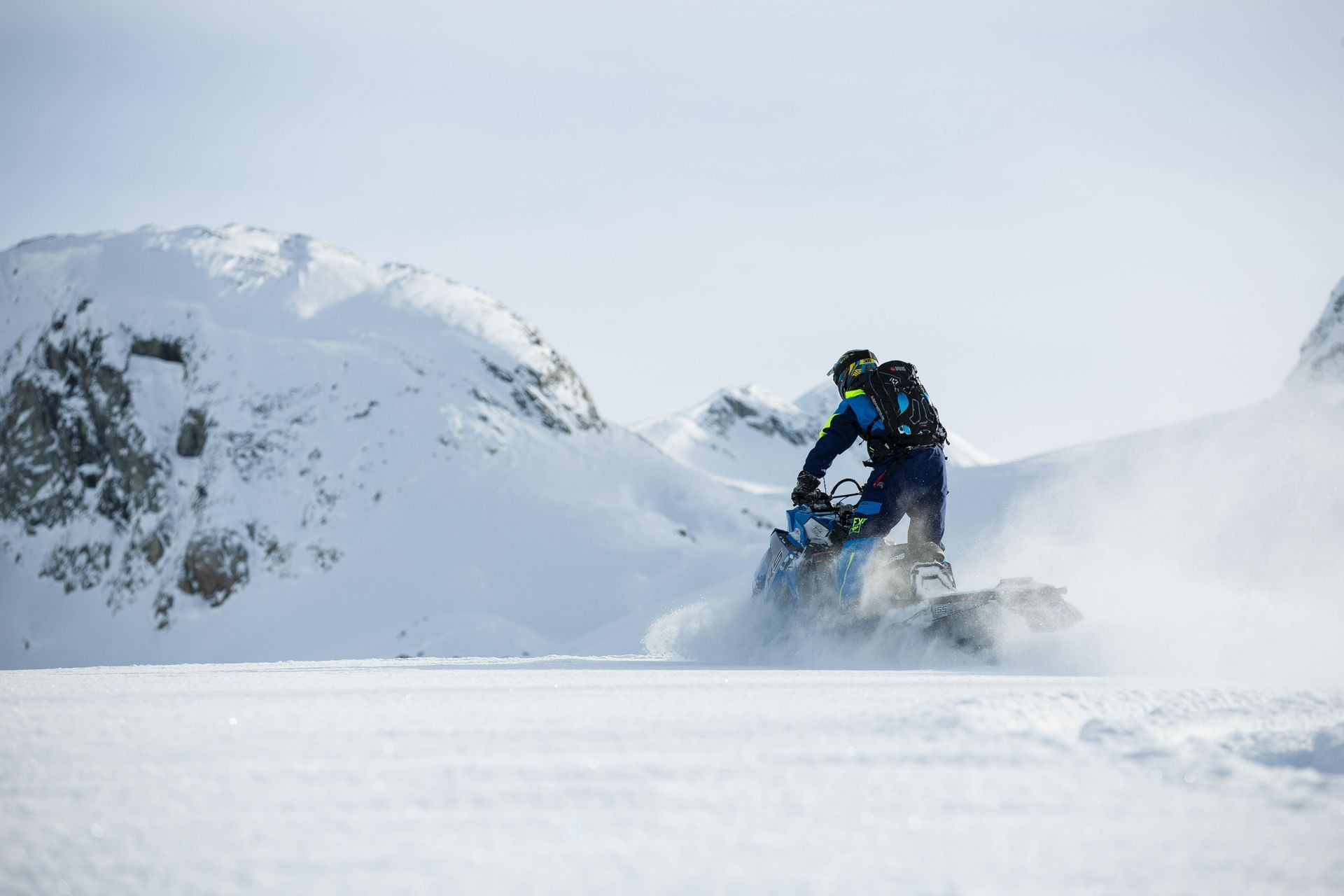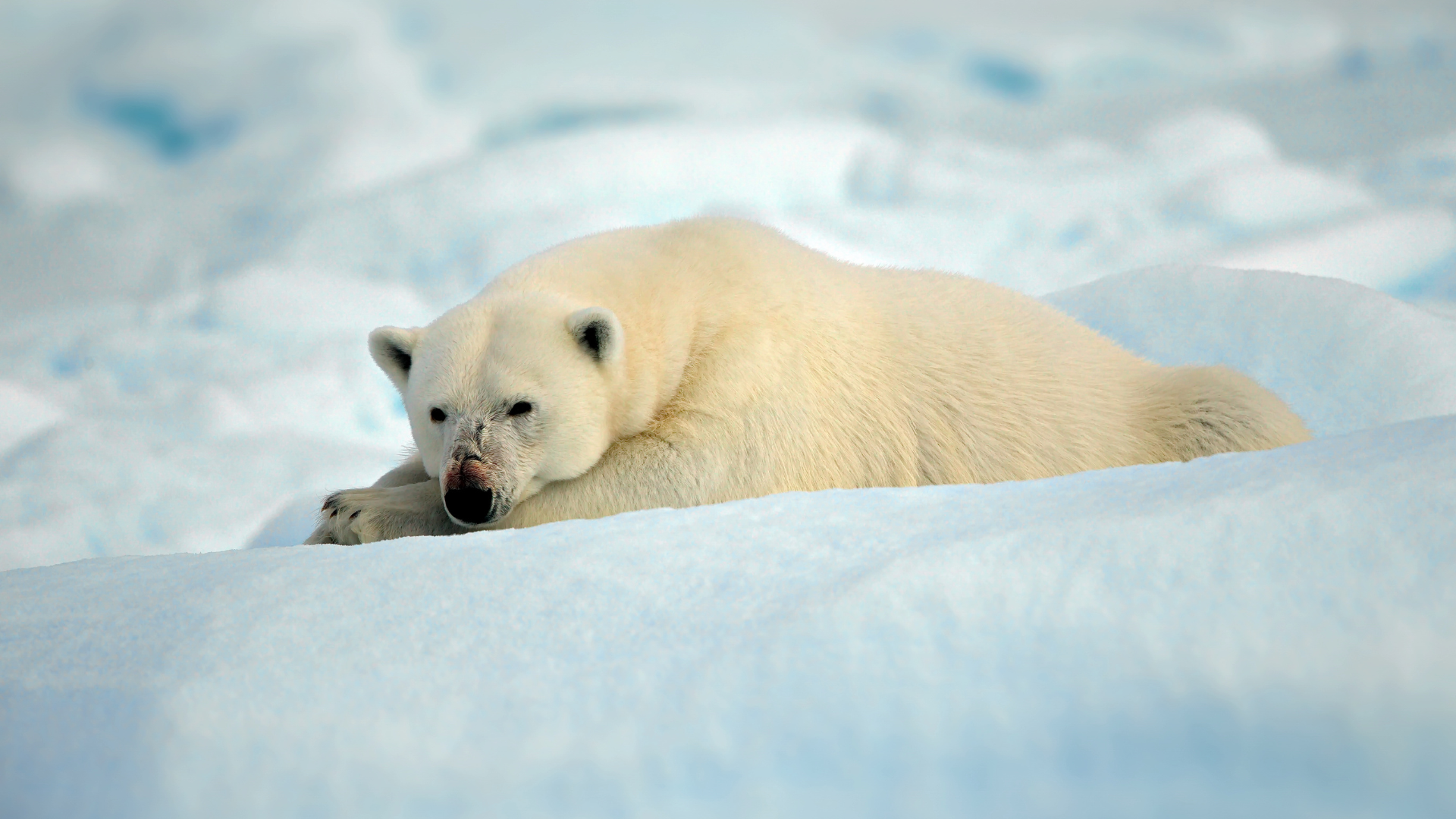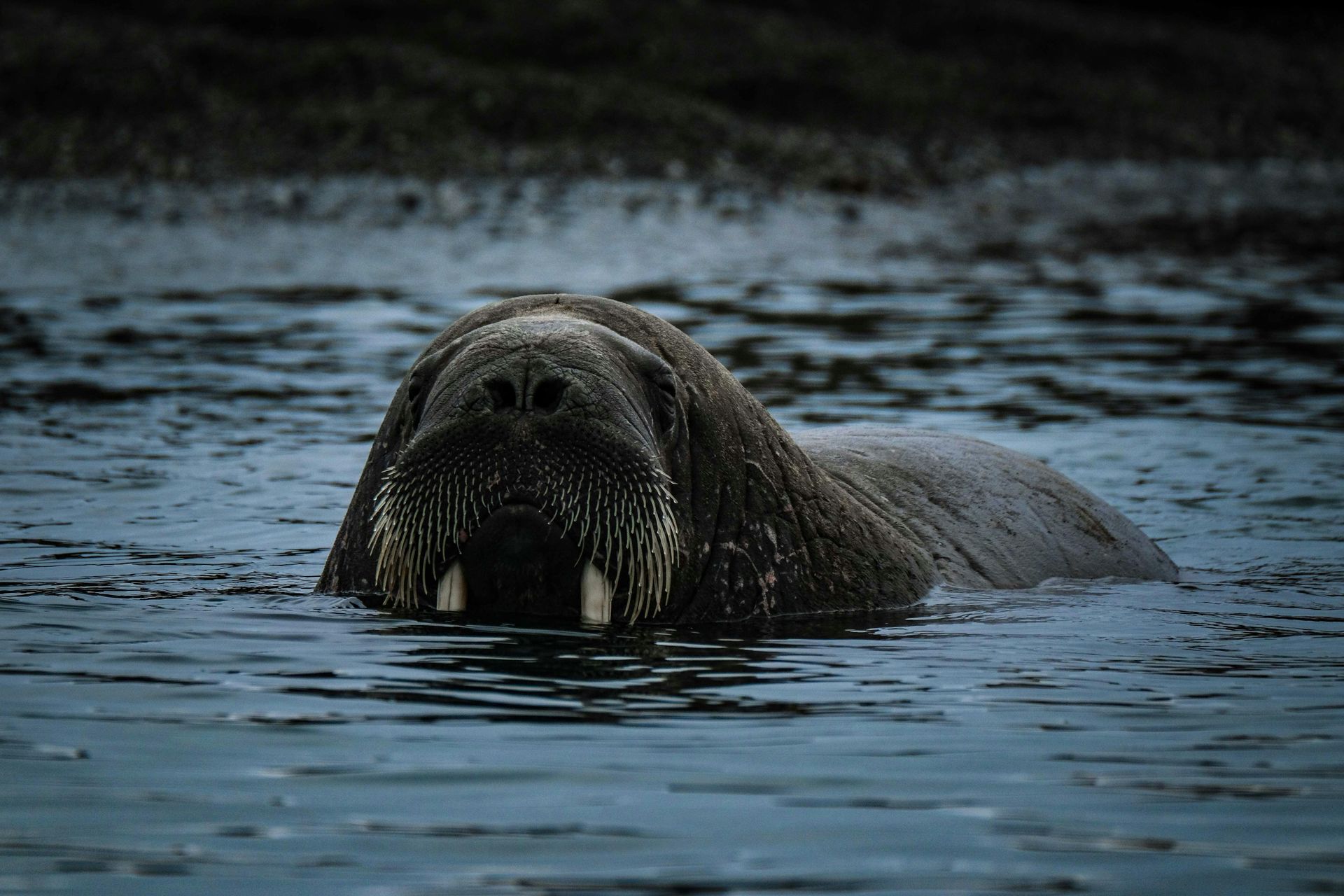Svalbard: Most Prominent Wildlife in March
Svalbard: Most Prominent Wildlife in March

March in Svalbard brings the return of daylight, transforming the landscape from the darkness of the polar night to the stunning brightness of the Arctic spring. This gradual return of light reveals a world still dominated by ice and snow, but now more alive with activity as the region’s wildlife begins to prepare for the coming warmer months. Polar bears remain one of the most prominent and sought-after animals in Svalbard during March. With the sea ice still thick, these powerful predators continue their hunt for seals, often spotted along the ice edges or roaming across the frozen fjords. The increased daylight makes spotting them slightly easier, adding excitement to wildlife tours and expeditions.
Walruses also become more active as the light returns, and sightings along the shores and ice floes become more frequent. These enormous creatures, with their long tusks and wrinkled skin, are a highlight of any wildlife expedition. As they begin to haul themselves onto the ice in larger groups, their sheer presence and size offer a dramatic contrast to the stark Arctic landscape. March is an ideal time to observe walruses as they start to shake off the lethargy of the long winter months.
The Svalbard reindeer, always a prominent feature of the landscape, is easier to spot in March with the increasing light. These resilient animals continue to dig through the snow in search of food, their thick winter coats protecting them from the last throes of winter. The return of daylight brings a renewed sense of activity among the reindeer, and their movements across the tundra become more noticeable. Their quiet persistence in such a harsh environment is a reminder of the adaptability required to survive in Svalbard.
Arctic foxes remain highly active throughout March, and the increasing daylight hours make them easier to observe as they scavenge for food. These clever and resourceful animals are constantly on the move, searching for scraps or hunting small mammals beneath the snow. Their white winter coats are still an effective camouflage, but the brighter days make their movements more noticeable against the frozen landscape. Watching an Arctic fox in action is a fascinating experience, showcasing the resourcefulness of this small predator.
The Svalbard rock ptarmigan is another species that benefits from the increasing daylight in March. This hardy bird, well-camouflaged in its white winter plumage, continues to forage in small groups, searching for whatever food it can find beneath the snow. With the return of the sun, the ptarmigan becomes slightly easier to spot, and its quiet resilience adds to the overall sense of life returning to the Arctic after the long polar night.
Seals, particularly ringed and bearded seals, remain a crucial part of the Arctic food chain in March. As the sea ice begins to slowly recede in certain areas, these seals become more active, surfacing through breathing holes and occasionally hauling out onto the ice to rest. Their presence ensures the continued survival of polar bears, and their increased activity is a sign that the long winter is beginning to loosen its grip on the region.
Lemmings and Arctic hares, though not commonly seen, are still active during March, providing essential prey for predators like Arctic foxes and snowy owls. These small mammals are an important part of the food web in Svalbard, and their continued survival through the harsh winter months is a testament to their adaptability. The return of light brings with it renewed activity, as these creatures prepare for the coming spring.
March is a month of transition in Svalbard, as the return of daylight brings renewed energy to the region’s wildlife. From the powerful polar bears to the resourceful Arctic foxes, the animals of Svalbard begin to emerge from the deep freeze of winter, ready to take full advantage of the brighter days ahead. For visitors, March offers the chance to witness this awakening firsthand, as the Arctic landscape comes alive with activity once more.











